.png)
Ellen Ann Willmott grew up at Warley Place, a house and grounds in Brentwood, Essex. The family were comfortably middle class - but Ellen was a largely self-taught gardener, says Sandra, "because girls didn't get that kind of education". Still, under her influence the gardens at Warley Place became recognized internationally and were visited by the Royal Family. She cultivated stunning new species of daffodils and introduced a striking alpine rock garden, with cascading streams and a fern grotto.
Ellen Wilmott (1858-1934) Ellen Ann Willmott was born on 19th August 1858into a wealthy, upwardly mobile family. She was a talented artist, woodturner, photographer, linguist, tennis player and ice skater. But when her family moved to Warley Place in Essex, to satisfy their passion for plants and gardening, she truly excelled.
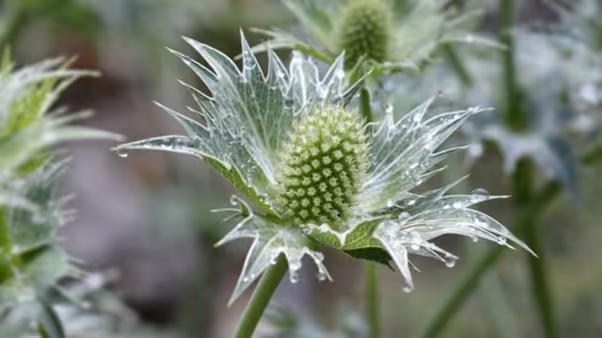
In 1888, Ellen and her sister Rose (who later married into the family who owned Spetchley Park in Worcestershire and Berkeley Castle in Gloucestershire)each inherited the equivalent of around £17 million from a wealthy aunt. When their mother left them half as much again, Ellen began to feed her obsession; plants and gardening became her life.
Her finances buoyant and plans extravagant, she created a boating lake on a hill, a hamlet of heated greenhouses and, at its peak, employed over 100 gardeners. Employees wore green-banded boaters, green silk ties and navy-blue aprons which she designed. They often found Willmott, who had ‘an innate love of flowers’, already in the garden at 6 am when they arrived for work. All of her time, energy and money was spent on her passion for gardening. Such was the diversity of plantings in the garden it was said winter hardly existed at Warley Place.
Just before the first world war, her finances drained having lavished every penny of her inheritance on her obsession, she became bankrupt. Most friends deserted her, and she eked out the rest of her life mortgaging or selling her properties and belongings (including her Stradivarius violin). On27th September 1934, she died alone, apart from her trusted butler and was buried outside the cathedral in Brentwood, Essex.
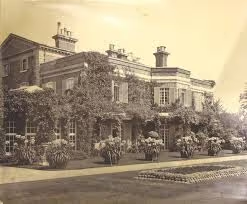
Warley Place was demolished and the site later bought by Essex Wildlife Trust. Tresserve is now the local town hall, and all that remains of her work are six Magnolia grandiflora ('Bull Bay'), a ‘Paulownia’ and a single Rosa willmottiae. Only Boccanegra has a bright future. Bought by consecutive owners who were keen plants people, the garden is still undergoing restoration today.
Mary Ellen Smith Willmott past away in 2002 she was 95 years old,
Country diary: there's new life in Miss Willmott’s Ghost
The summer boom may be over but there are still insects feeding from the sea hollies in my garden. There’s nectar in their steely grey tops though the lower flowerheads are browning and going to seed. White-tailed bumblebees work fast, probing the tiny clusters of five flowers, interspersed with spiny barbs, that are rhythmically arranged in tall domes. This is Eryngium giganteum, also known as Miss Willmott’s Ghost, which is named after Ellen Willmott, an early guerrilla gardener who left a trail of seeds in the gardens she visited
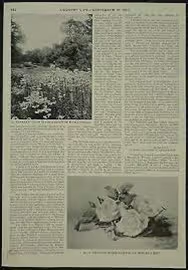
Wisps of thistledown and grass seeds are caught in this chaotic crisscross mesh. Inside the cat’s cradle of spiderweb is a darker shape, a fleecy rolled-up swaddle blanket studded with shiny petrol-blue fragments of bluebottle, the husk of a wasp. Within this spun chamber is a blue egg-sac from which has emerged a mass of tiny spiderlings with pale olive legs and little round bodies.
THANK YOU
BBC NEWS
COUNTRY DIARY
ATRTICLE BY ALICHA OLIVIER
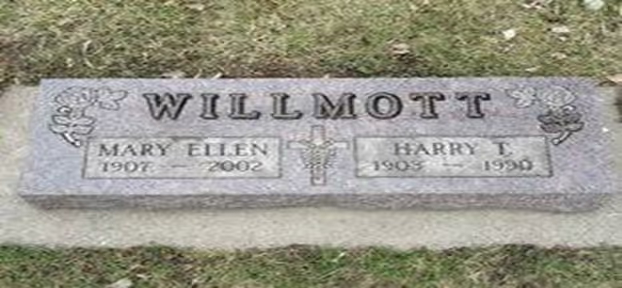
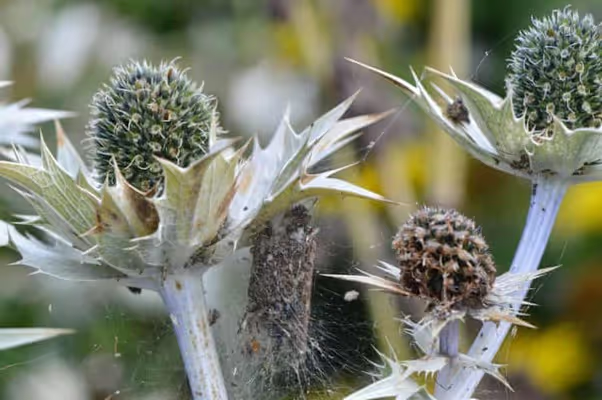
.png)
Contribute to your future, a Non Profit Organization and buy us a Coffee with 3 simple clicks and a minute of your time. Imagine what we can do together.
To thank you, we will call you personally.
This is the amount that will be distributed amongst the current shareholders.
Current Share Holders
1102/500,000